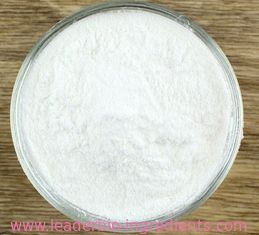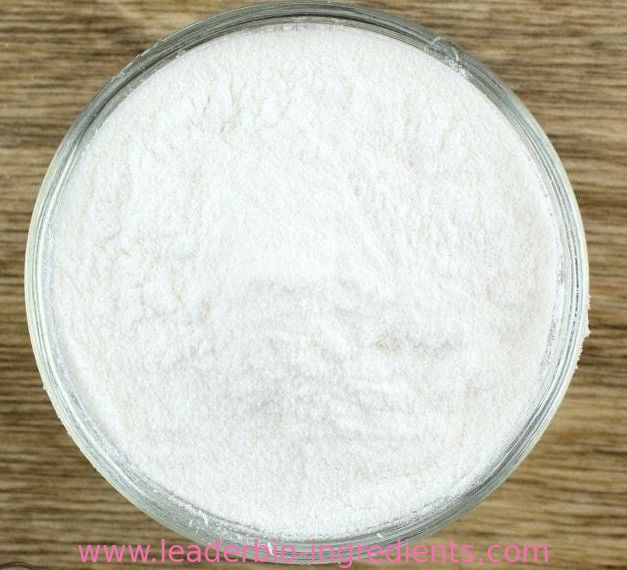| Description |
Dexpanthenol belongs to a derivative of pantothenic acid (vitamin B5). It can penetrate the skin and mucous membrane to be quickly oxidized to pantothenic acid. The later one is extremely hygroscopic and binds water effectively. Therefore, Dexpanthenol can be used as a moisturizer. It is added to pharmaceutical and cosmetic products to relieve itching and improve wound healing. In ointments, it can be used for the treatment of sunburns, mild burns, minor skin injuries and disorders. It is also immediately applied after major abdominal surgery to minimize the possibility of paralytic ileus. In addition, it can also be supplemented into the commercial shampoos and hair conditioners to lubricate the hair shaft and give the hair a shiny appearance. The exact mechanism of action of Dexpanthenol is still unclear, perhaps through its enhancing effect on acetylcholine. |
| References |
https://pubchem.ncbi.nlm.nih.gov/compound/Dexpanthenol#section=Top
https://www.drugs.com/pro/dexpanthenol.html
https://de.wikipedia.org/wiki/Dexpanthenol |
| Chemical Properties |
clear colorless to slightly yellow viscous liquid |
| Originator |
Bepanthene,Roche,France,1951 |
| Uses |
cholinergic |
| Uses |
D-Panthenol is an analogue of pantothenic acid (P190300), a member of the B complex vitamins. D-Panthenol is the biologically active enantiomer of Panthenol. |
| Uses |
immunosuppressant, mitoxantrone analogue less toxic on cardiac tissue antineoplastic |
| Manufacturing Process |
130 parts by weight of d(-)-α-hydroxy-β,β-dimethyl-gamma-butyric acid lactone are dissolved in 150 parts by volume of methyl alcohol. 75 parts by weight of 3-hydroxypropylamine are added, in one portion, to the solution and the mixture is well stirred. While the reaction sets in, the temperature of the mixture gradually rises by itself to about 50°C and then drops again after about two hours. To cause completion of the reaction, the mixture is allowed to stand at room temperature for 24 hours. The so obtained (d+)-α,γdihydroxy-β,β-dimethyl-butyric-acid-(3'-hydroxypropyl)-amide is freed from methyl alcohol in vacuo. It is a colorless, viscous oil, easily soluble in water. It boils under a pressure of 0.02 mm between 118° and 120°C. |
| Brand name |
D-Panthenol 50 (BASF); Ilopan (Savage); Motilyn (Abbott). |
| Therapeutic Function |
Gastrointestinal drug |
| Contact allergens |
Pan(to)thenol is the alcohol corresponding to pantothenic acid, of the vitamin B5 group. It is used as a food additive, and in skin and hair products as a conditioning agent. Contact dermatitis and urticaria have been reported. |
| Safety Profile |
Moderately toxic by intravenous route. A skin and eye irritant. When heated to decomposition it emits toxic fumes of NOx. See also AMIDES. |
| Veterinary Drugs and Treatments |
Dexpanthenol has been suggested for use in intestinal atony or distension, postoperative retention of flatus and feces, prophylaxis and treatment of paralytic ileus after abdominal surgery or traumatic injuries, equine colic (not due to mechanical obstruction) and any other condition when there is an impairment of smooth muscle function. Controlled studies are lacking with regard to proving the efficacy of the drug for any of these indications. |
| Purification Methods |
Purify D-panthenol by distillation in vacuo. It is a slightly hygroscopic viscous oil and is soluble in H2O and organic solvents. It is hydrolysed by alkali and strong acid. [Rabin J Am Pharm Assoc (Sci Ed) 37 502 1948, Bonati & Pitré Farmaco Ed Scient 14 43 1959, Beilstein 4 IV 1652.] |

